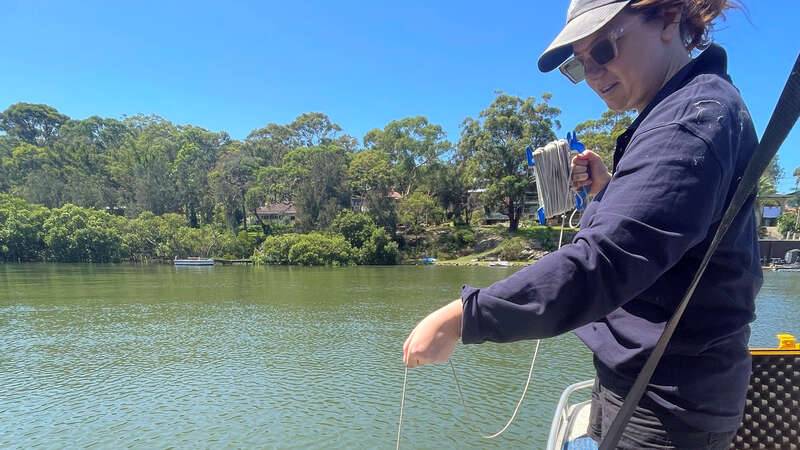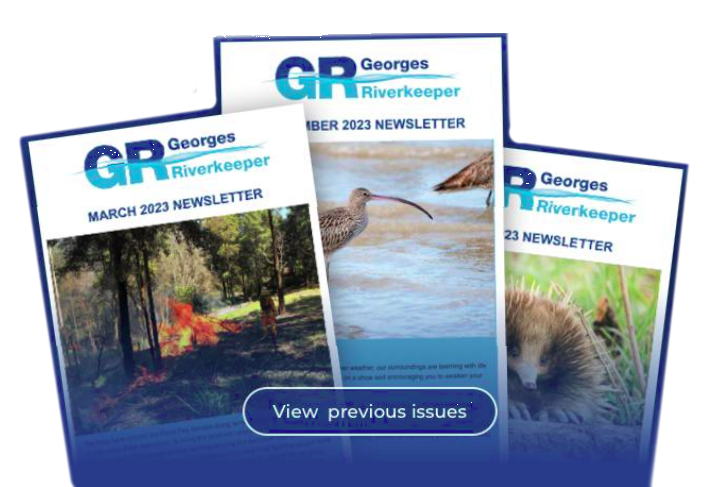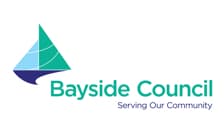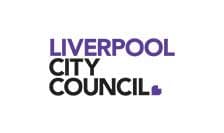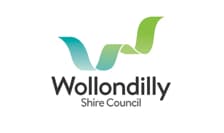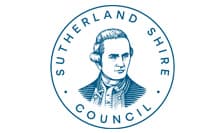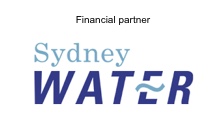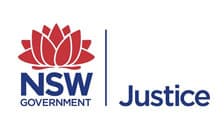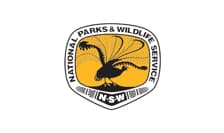More education for builders and renovators needed about the impact of sediment runoff on Sydney’s waterways

Results from the May 2021 Get the Site Right inspection blitz show that more work is needed to educate builders and renovators on the importance of essential erosion and sediment controls to prevent runoff from their building sites entering our waterways.
Twenty-one councils across Sydney and the Hunter Coast, supported by the NSW Environment Protection Authority (EPA), took part in the month-long campaign. Officers inspected 762 sites with 67 per cent of those found to be compliant. While the results show a 7 per cent reduction in compliance from the October campaign, an additional 166 sites were inspected in May compared to October, during a period of increased building activity and no COVID-19 restrictions.
A total of $383,167 in fines was issued to building sites that didn’t meet the standards.
Offences ranged from significant sediment tracking off the site, concrete slurry washed into stormwater drains to building supplies being stored on public land. Litter, such as cigarette butts, plastic bottles and food packaging, was also found on many sites, including several, large residential housing estates.
In addition to joint inspections with some councils, the EPA inspected four large infrastructure building sites with the NSW Department of Planning, Industry and Environment (DPIE) and 15 concrete batching plants within the Sydney basin.
Materials used in concrete production can pollute bays and nearby creeks if flushed out by stormwater or blown away. The EPA’s inspections generally found plants to be stopping water pollution but a small number of operators needed improvements to their practices, including upgrades to aggregate storage bays and better stormwater capture and treatment.
The EPA will follow up with further regulatory actions and inspections to ensure sediment control practices are addressed.
NSW EPA Executive Director Regulatory Operations Steve Beaman said helping builders and renovators understand their important role in keeping waterways healthy was key to improving compliance rates.
“Many builders and renovators think that sediment and building products going into the stormwater drain won’t have much of an impact,” Mr Beaman said.
“However, the sediment from even a single building site can damage local streams and waterways, and when this action is replicated hundreds of times on building sites across the region, it can have a significant environmental impact.
“Get the Site Right is a great way for Councils and the EPA to educate the building and construction industry about the impacts this sediment runoff has on the environment and to discuss ways in which they can stop sediment leaving building sites in the first place.”
Georges Riverkeeper Program Manager, Beth Salt, said, “It’s alarming that some builders and developers continue to blatantly ignore the rules.”
“Even small amounts of soil and sediments accumulate to have a devastating effect on our rivers,” she said.
The Get the Site Right campaign is a joint program between the Cooks River Alliance, DPIE, EPA, Georges Riverkeeper, Parramatta River Catchment Group, Sydney Coastal Councils Group, local Sydney councils and Lake Macquarie Council.
Councils participants in the May 2021 campaign: Bayside City Council, Blacktown City Council, Burwood Council, Campbelltown City Council, City of Canterbury Bankstown, Georges River Council, Hunter’s Hill Council, Inner West Council, Lake Macquarie City Council, Liverpool City Council, North Sydney Council, Northern Beaches Council, City of Parramatta, Randwick City Council, City of Ryde, Strathfield Council, Sutherland Shire Council, Waverley City Council, Willoughby City Council, Woollahra Municipal Council and Wollondilly Shire Council.
Members of the public who may be out exercising near our waterways are encouraged to report pollution incidents, including poor sediment control, to their local council or the EPA’s 24/7 Environment Line on 131 555.

